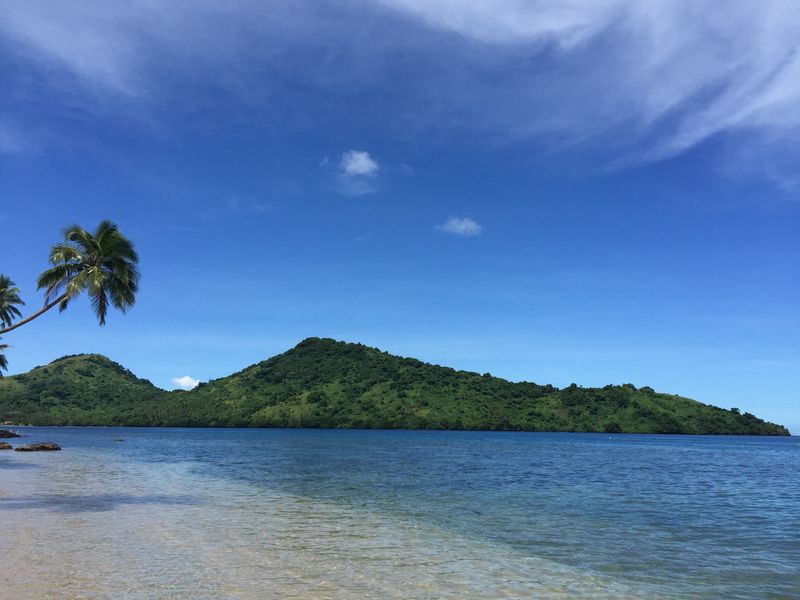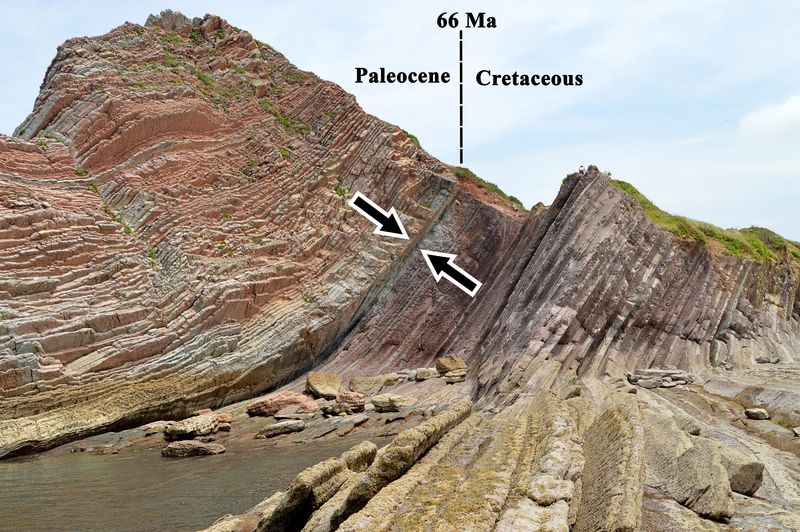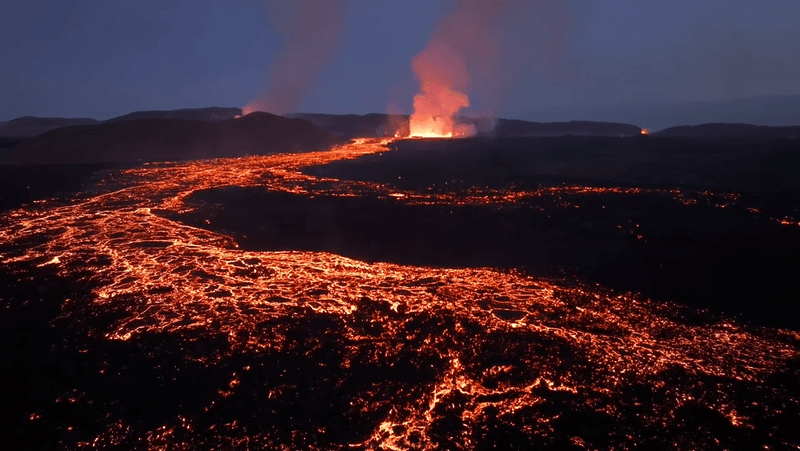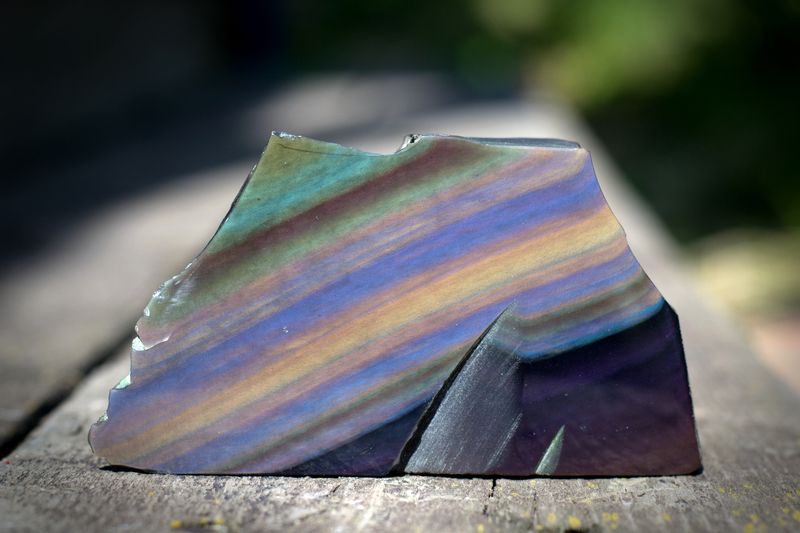Ancient Greek sailors returned home with stories of mermaids and sirens. In the 1960s, a group of submariners returned home from the Southern Ocean with a much odder tale. They had heard the ocean quack.
Strange as it might sound, it was not a one-off event and it has even earned itself a quacking name, “bio duck”.
Two decades after submarine personnel first detected the sound, a team of researchers recorded the mysterious phenomenon – four bursts of quack-like noises – while creating a soundscape of the South Fiji Basin.
Four years later, in 1986, Ross Chapman from the University of Victoria joined the project. "We discovered that the data contained a gold mine of new information about many kinds of sound in the ocean, including sounds from marine mammals," he said in a statement.
Referring to the strange quacking noise, he explained: "The sound was so repeatable, we couldn't believe at first that it was biological."
However, after speaking to colleagues based in Australia, they found similar noises had been detected in other spots close to New Zealand and Australia.
Chapman now believes what the researchers overheard in 1982 was a conversation between sea animals: "Maybe they were talking about dinner, maybe it was parents talking to children, or maybe they were simply commenting on that crazy ship that kept going back and forth towing that long string behind it."
The “crazy ship” he refers to was a vessel decked in an acoustic antenna and hydrophones, equipment that enabled the researchers to work out where exactly the unusual sounds were being made. The results show that there were several “speakers” at any one time, though there were no visual sightings that could confirm the identity of the animal doing the “speaking”.
"The most amazing thing was that when one speaker was talking, the others were quiet, as though they were listening,” said Chapman. “Then the first speaker would stop talking and listen to responses from others."
A study published in 2014 suggests the animal responsible for the sound is the Antarctic minke whale. Researchers came to this conclusion after comparing recordings of the “bio-duck” with vocalizations made by this species of baleen whale, finding convincing similarities between the frequency and number of pulses.
As for these new revelations, Chapman presented his findings as part of the 187th Meeting of the Acoustical Society of America, which took place recently.





